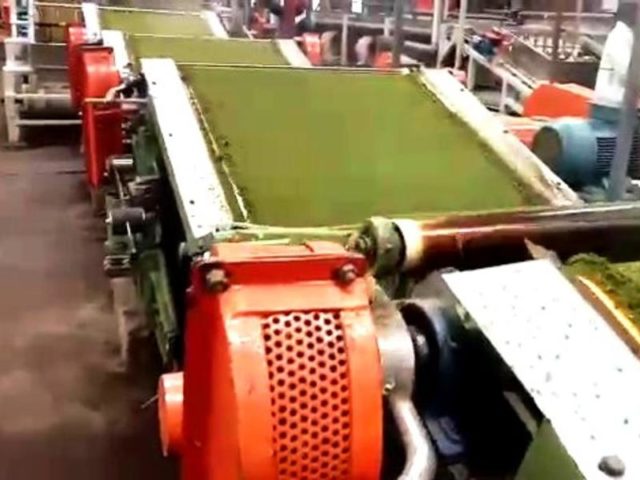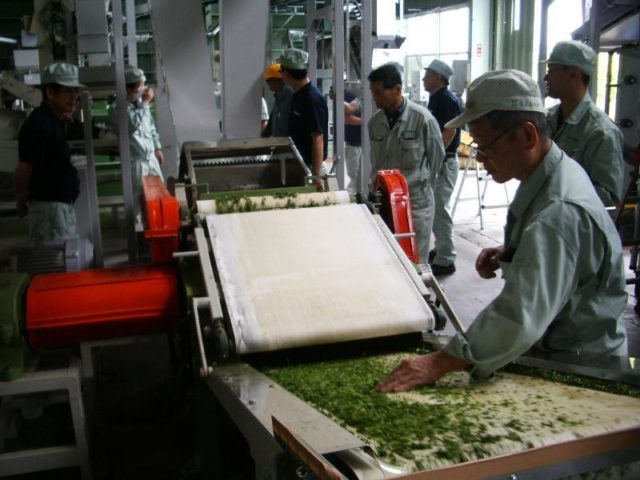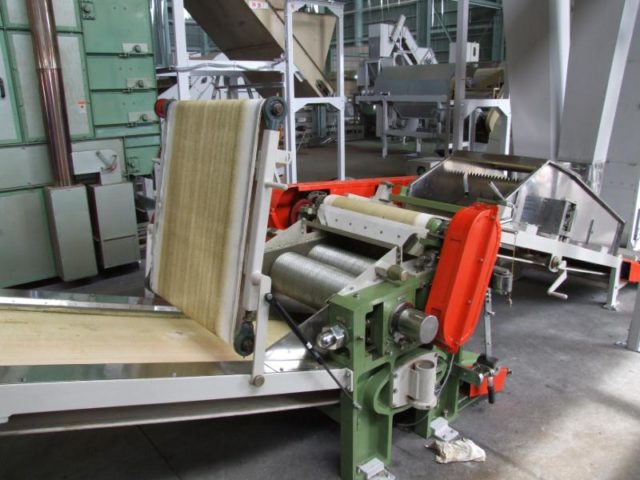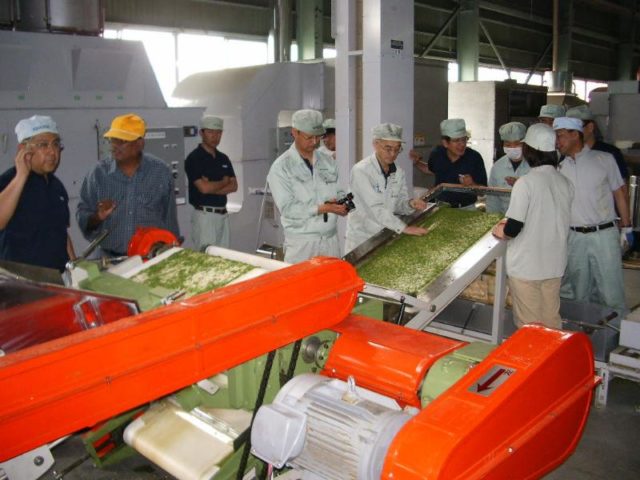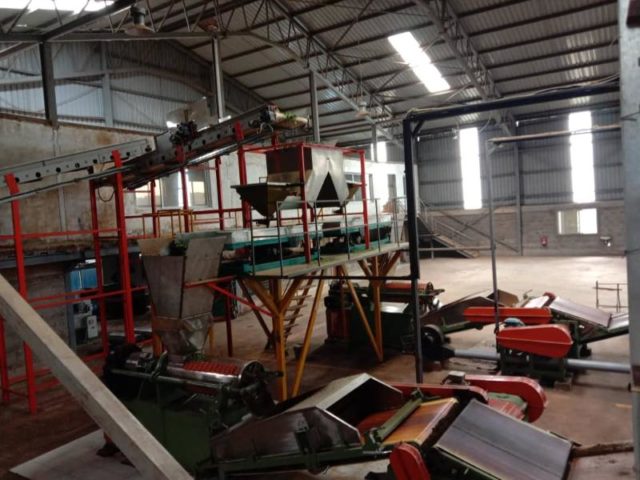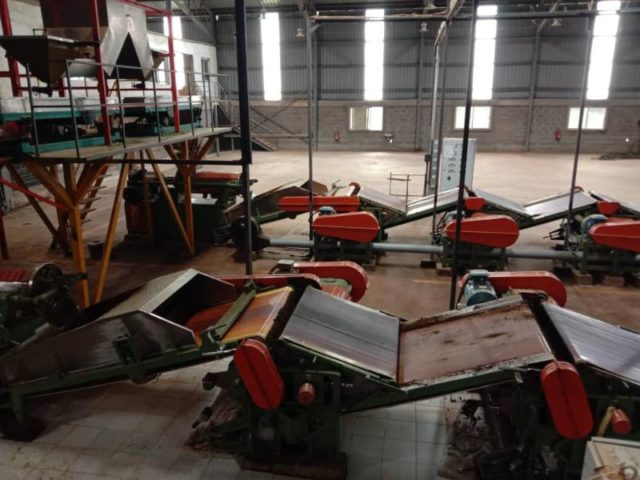The equipment completes the leaf maceration process partly accomplished in the upstream Rotorvane equipment. Maceration is most critical in case of Black CTC tea, as the oxidation must encompass the complete leaf even in twisted condition right up to the core during the fermentation process to ensure the needed liquor characteristics to develop in the final product.
The word C.T.C. stands for the actions of ‘Crush, Tear and Curl’, since crushing or macerating is the main objective and tearing is the design-inherent action, which actually takes place in this equipment leading to the cutting of the leaves for sizing.
The severe maceration action also initiates the micronisation action, which is to be completed in a controlled manner by some mechanism to achieve the intended reduction in size(s), as best possible. This is also to be followed immediately with the curling action on each of the cut particle to attain the desired shapes. All these three actions are to be arranged to be conducted one after the other in the same equipment, before discharge.
The final levels of maceration, size reduction and shaping to be achieved is not generally attained in a single stage activity, but through several stages of similar actions with preferably gradual increase in the intensity of different stresses applied on the leaf, so that the prescribed limits of resultant strains are not exceeded during the operation of this process.
The Final Maceration process objectives in CTC can therefore be summarized as following:
- To ensure, mainly, that the desired appearance, or in actual fact, the shapes and sizes, of the final product particles, “sans” the incidental processing generated wastes, are achieved at the end of the drying process.
- The cells are to be ruptured to allow all the juice consisting of the solids in solution with water and the ppo enzymes are fully (or at worst mostly) released from the body of the whole shoot.
- The leaf shoot is micronized into smaller sized particles, which are also rolled into the desired shapes.
- The micronized particles are fully wrapped all round with the released juice and ppo enzymes without allowing any amount of these to run off as waste.
- And, all these are to be done within the upper critical boundary limit of Temperature during this process, most preferably without any moisture loss, so as not to jeopardize the yet inherent quality values of tea wrt it’s liqor properties.


